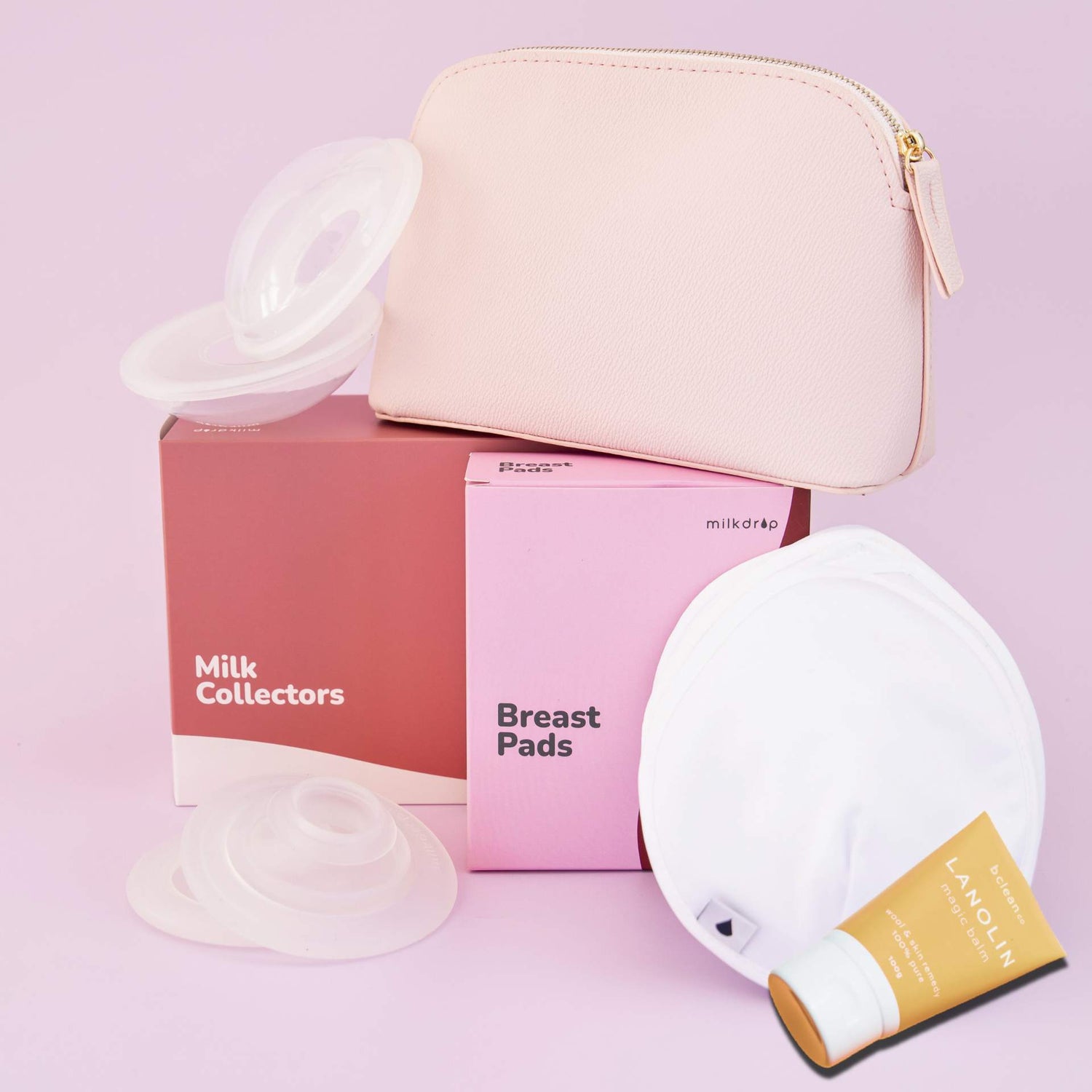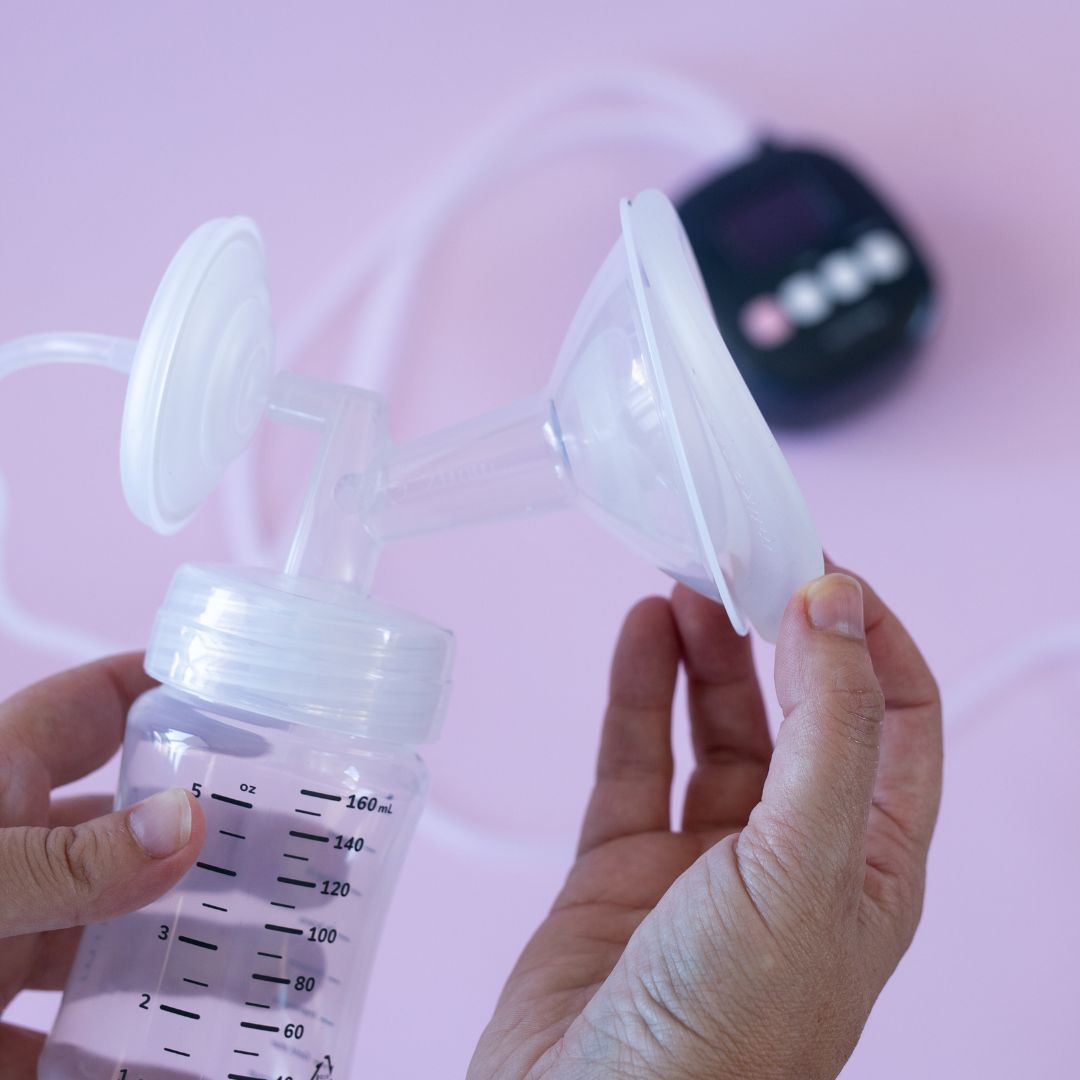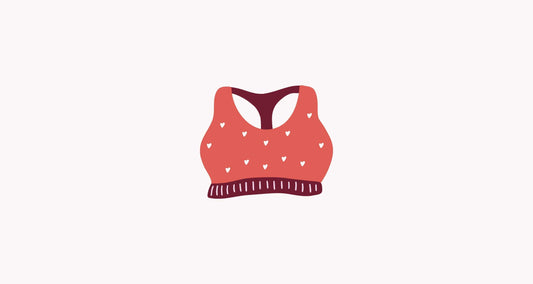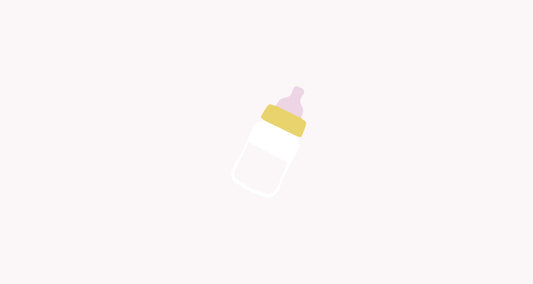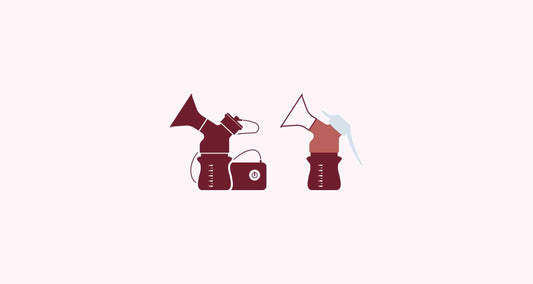It’s important to get the right flange size for you, so that you have the best possible comfort, seal and milk flow.

Here are the most common mistakes people make when figuring out their flange size:
1. Measuring your areola, rather than your nipple.
Your nipple is the centre part, your areola is the darker, bigger circle around your nipple. The flange should fit so that your nipple is free to move in and out, but your areola isn’t also sucked in.

2. Using the standard flange size that comes with your pump.
The standard size you receive when you first purchase a pump is usually 24/25mm. You might be lucky, and find that this is the correct size for you. But based on our research at Milkdrop, nipple size ranges from 5mm to 40mm. Changing up that flange size to suit you can make all the difference to your comfort, seal and milk flow.
3. Putting up with pain or discomfort.
Women are great at putting up with pain. We’ve done it since we first started menstruating. Many of us did it during pregnancy, and again during labor/surgery and recovery. BUT, pain and discomfort from breast pumping is not necessary. Taking care of your breasts and nipples is vital to being able to feed breastmilk to your baby. This is not the time to put up with discomfort, gurrl.
Want to learn more about how to find the best flange size for you? Check out our blog on Flange Size 101 here.
